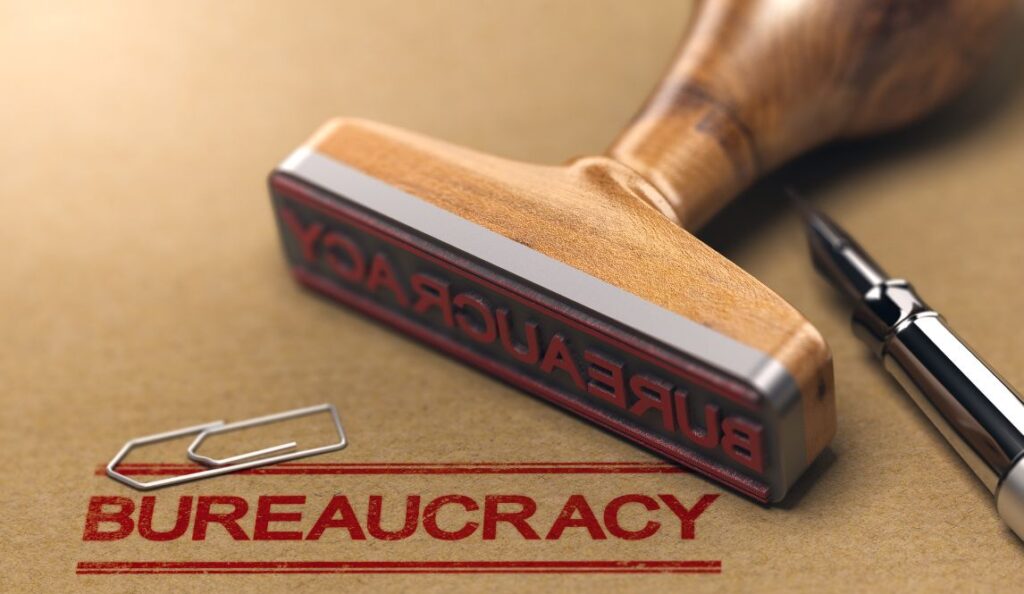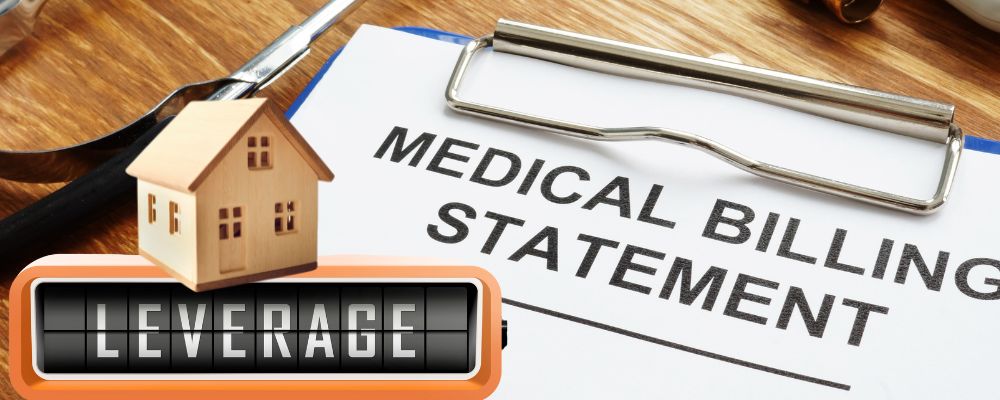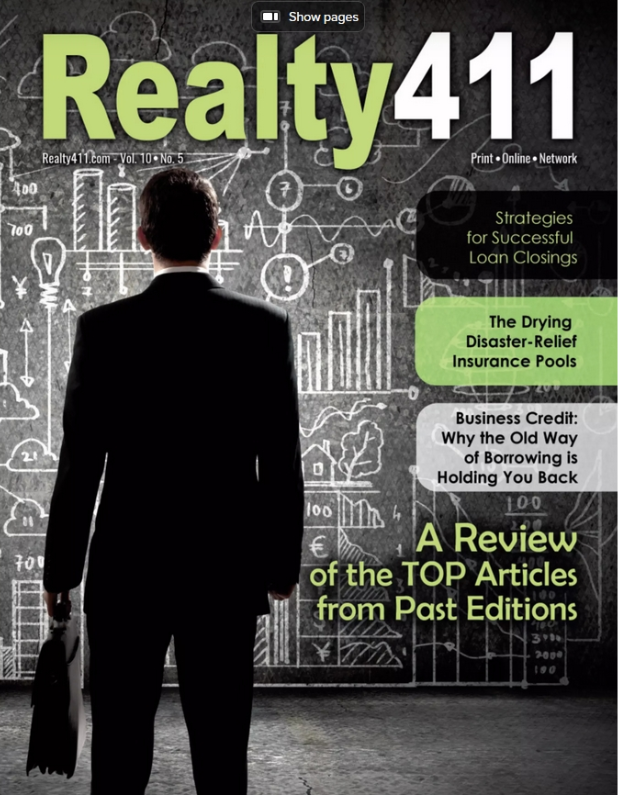
Niches That Bring you Riches
In my previous blog post, found here, you learned 10 strategies referred to as Roads that you want to consider in your real estate investing trek.
Next Steps….

Now, in addition to these strategies, you will need to consider the type of properties you want to go after, developing a marketing strategy to find motivated sellers of properties. The following is a short list of types of real estate you can buy…
There are basically three types of investment properties to consider:
- Vacant Land – Land that has not yet been developed
- Residential – Properties that contain 4 units or less
- Commercial – Properties that contain 5 units or more the niche in which to focus your marketing efforts in your search for discounted wholesale properties.
The Big Question …. How do you get properties at a discount or at least at the lowest price?
Answer: Start by becoming educated in one or two niches… and then take the steps to do it!
article continues after advertisement
According to the dictionary, a niche is a distinct segment of a market. So where do you find this distinct segment of the real estate market we call discounted properties; ie wholesale deals?
The obvious place to obtain a discounted property is to work with a motivated seller. This is the owner who wants to close on the sale of their property quickly and easily. If a seller is motivated they are willing to provide you the discounts needed to provide you a property where you can either sell quickly for a profit (flip) or cash flow at a profit (buy and hold).

So in what type of real estate niches are you most apt to find discounted properties? Over the next few months I am going to be going over a few of the most widely used methods of buying discount real estate.
Now keep in mind, you don’t want to be swayed to change your mind with the introduction of each niche. If you have started on one niche that you know can bring you deals… that’s great! Stick with it. However, good to know all the options and perhaps after you find success with one niche, add a second to it.
article continues after advertisement
I have found the most successful investors become experts in 1 or 2 niches. Too many “wanna be” investors get pulled from one niche to the next never truly finding success anywhere. I suggest you evaluate these niches and pick the one that will bring the most opportunity in meeting your area market needs, your personal circumstances and your goals. it’s important you stay focused on doing one niche til you find the success you set out to achieve… profits!
Watch for my next blog where I will share with you the first of several of the most profitable real estate niches for you to consider and the steps for how to do them.

Tamera Aragon
Tamera Aragon is a professional online entrepreneur and has bought and sold over 300 properties, establishing her as an expert in the real estate investing field. Since 2003, she has purchased over 10 million dollars in real estate and currently holds properties all over the world. Tamera’s focus is on the booming Foreclosure market, buying Pre-foreclosures, REOs and Short Sales. Tamera who is a noted Author, Success Trainer, Speaker & Coach, shows her passion for helping others with the 17 websites she has created and several specialized products to support fellow investors throughout the world. When Tamara is not busy running her website, she is very involved with her Fiji joint ventures and investments. Tamera Aragon is one of the few trainers and coaches who is really “doing it” successfully in today’s market. Tamera’s experience has earned her a solid reputation in the industry as well as the respect and friendship of many of the top national real estate investment and internet marketing experts. Tamera Aragon believes her success has garnered her the financial freedom to fully enjoy her marriage and spend quality time with her children.
Learn live and in real-time with Realty411. Be sure to register for our next virtual and in-person events. For all the details, please visit Realty411Expo.com or our Eventbrite landing page, CLICK HERE.











































